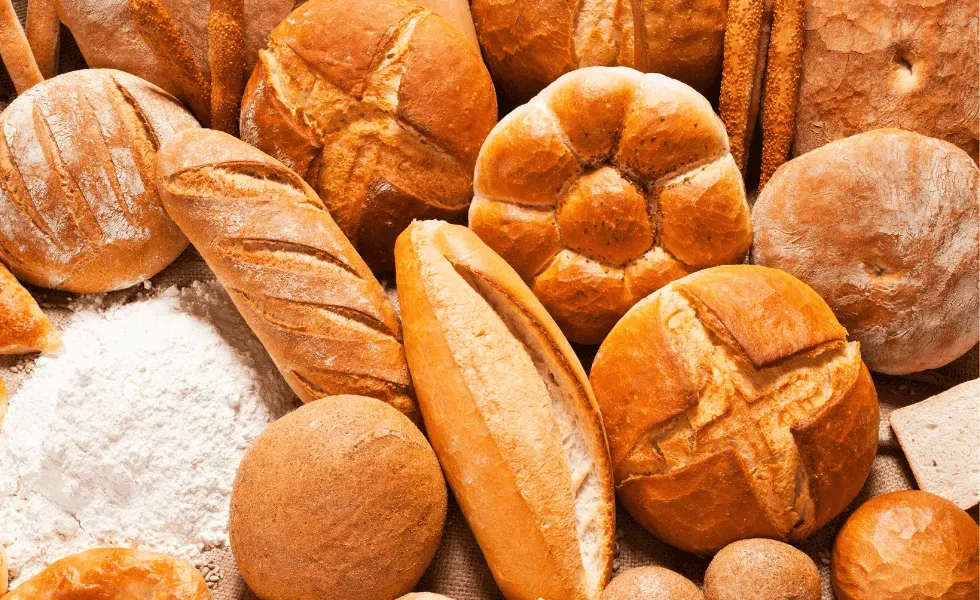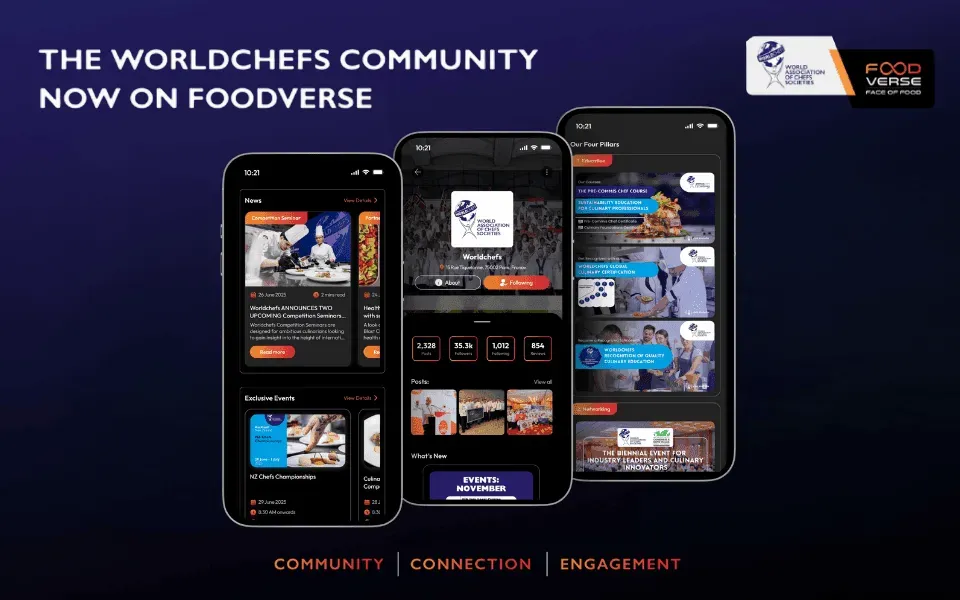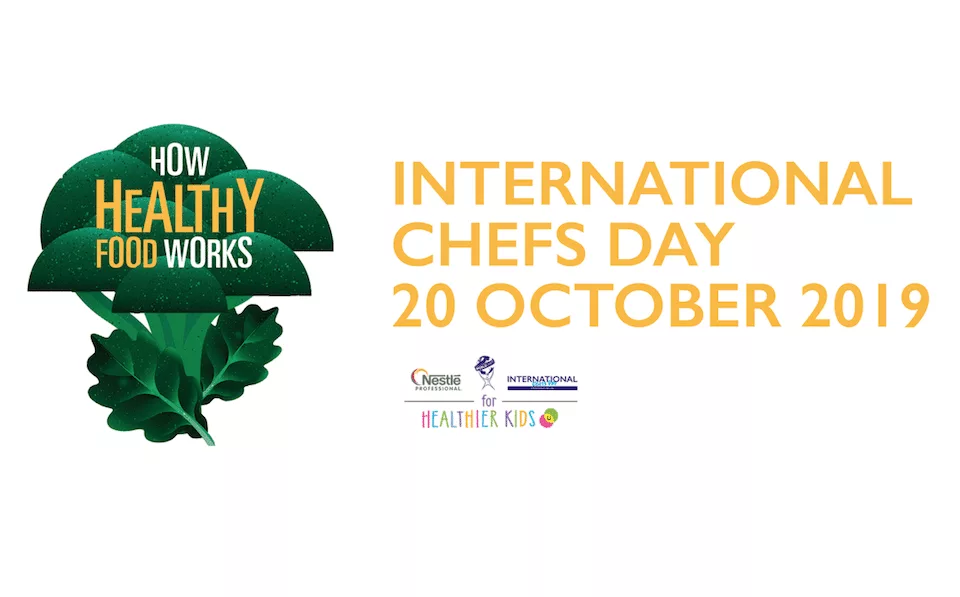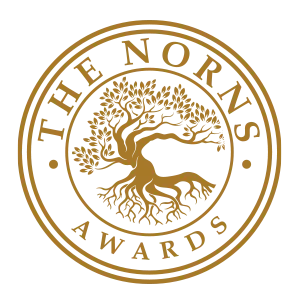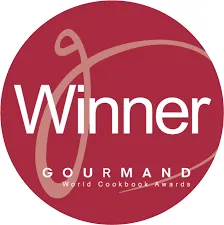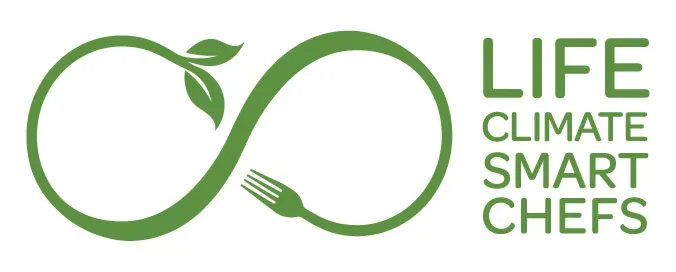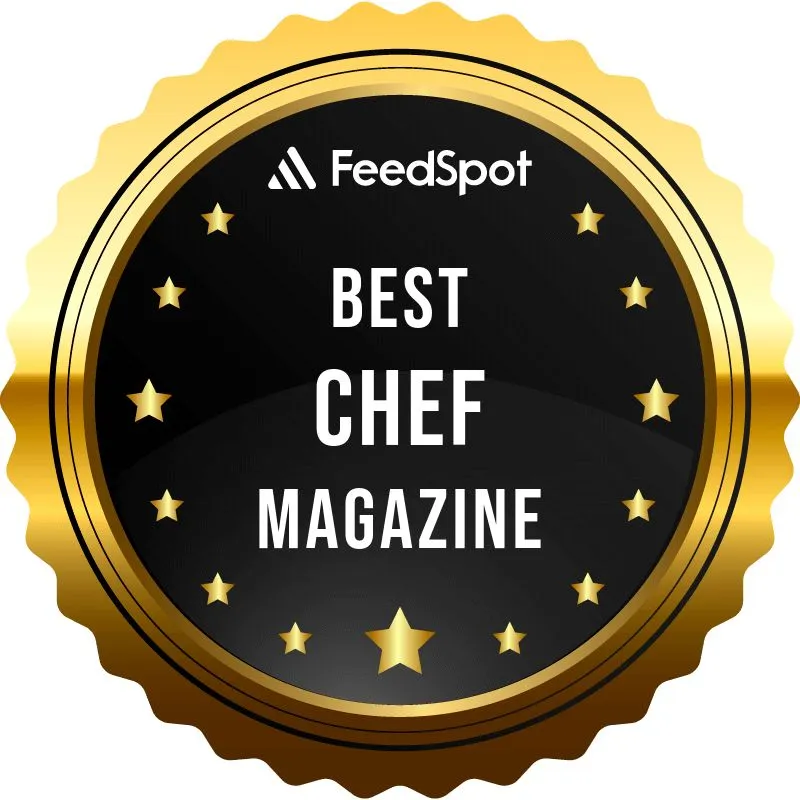At the dawn of the 21st century, the International Union of Bakers and Confectioners (UIBC) established World Bread Day as a way to highlight one of the world’s oldest foods and honor the bakers around the world who dedicate their craft to it.
Each year on October 16th, we celebrate the culinary and cultural significance of bread. The UIBC deliberately chose October 16th as the day for this celebration to coincide with the anniversary of the Food and Agricultural Organization (FAO) of the United Nations, founded in 1945 under the motto of ‘Fiat Panic’, meaning ‘Let there be bread.’
Join us as we journey through the history of bread, explore its roots and evolution, and discover ways you can celebrate World Bread Day this year!
The History of Bread
Bread has nourished humankind since prehistoric times. Experts trace its origins back over 30,000 years, when early humans baked simple breads on heated stones. In 3000 BCE, Egyptians developed leavened bread using wild yeast. Soon after, it became a staple for Egyptian diets, consumed by everyone from pharoahs to peasants. Bread even served as a currency to pay workers.
Throughout ancient civilizations, bread took many forms: griddle cakes, honey and oil loaves, and rolls designed for the military. During the period of the Gauls and Iberians, early bakers experimented with fermenting dough using beer froth or wine juice, and it followed that the cultivation of wheat spread from the Middle East across Europe, North Africa, and Asia.
By the Middle Ages, baking had become a profession, and bread a symbol of community and sustenance. Fast forward to the 20th century, Otto Frederick Rohwedder’s invention of the sliced bread machine in 1912 forever changed the way we eat, giving rise to the phrase still heard today: “the best thing since sliced bread.”
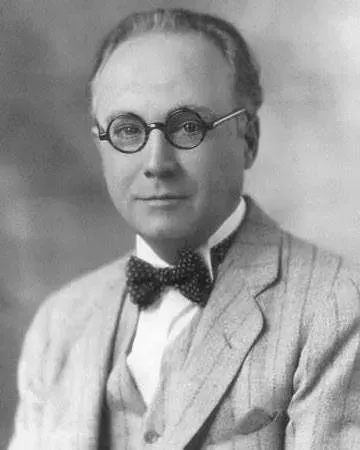
MORE THAN A MEAL: BREAD IN CULTURE
In earlier times, bread reflected class divisions. Wealthy citizens had access to white bread made of wheat, while lesser privileged people received coarse, dark bread made of barley. Beyond class, bread also became a political symbol. In ancient Rome, the phrase “bread and circuses” symbolized the government’s efforts to appease citizens with free grain and entertainment, so that citizens remained loyal and had less civil unrest.
Today, bread more commonly connects rather than divides. It has become a symbol of unity, generosity and celebration, served at at weddings, religious celebrations, and on tables across the globe. From the baguette in France, to the naan in India, to the tortillas in Mexico, bread transcends borders, cultures and languages.

THe nutritional side of bread
Since its beginnings, bread has been essential to global nutrition, offering a source of carbohydrates, fiber and key vitamins and minerals. While its ingredients are simple, bread remains one of the most adaptable foods.
Today’s consumers are increasingly conscious of their health, inspiring innovation in the bread scene. Multigrain and gluten-free options are rising in popularity; sourdough offers gut-friendly benefits, while rye and whole grain breads provide added fiber and nutrients. There is a bread for every nutritional need and palate.
THe global bread market
As bread continues to evolve, the market reflects its expansion. In 2024, the bread market was estimated at 233.43 billion USD, projected to increase to 327.11 billion by 2033. From Europe to North America, Asia-Pacific, and Latin America, demand for diverse ingredients, techniques and flavors continues to expand.
A Global Tour of Bread
To tap into the many ways bread exists around the world, we’ve asked our Culture, Cuisine & Heritage Food Committee to share some traditional recipes from their respective countries.
Dedicated committee members from Australia, Azerbaijan, Croatia, Cyprus, Italy, Luxembourg, Russia, USA and UAE generously shared traditional bread recipes for our archives. Let’s take a tour across the globe:
Oceania
Starting our tour in Australia, Damper tells the story of simplicity and survival. Made from flour, water, and salt, it was once baked in the ashes of campfires by explorers and settlers during the early colonial period. Today, it is baked in ovens.
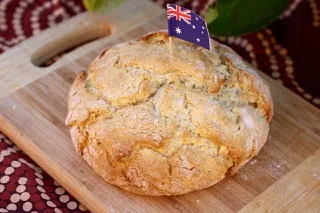
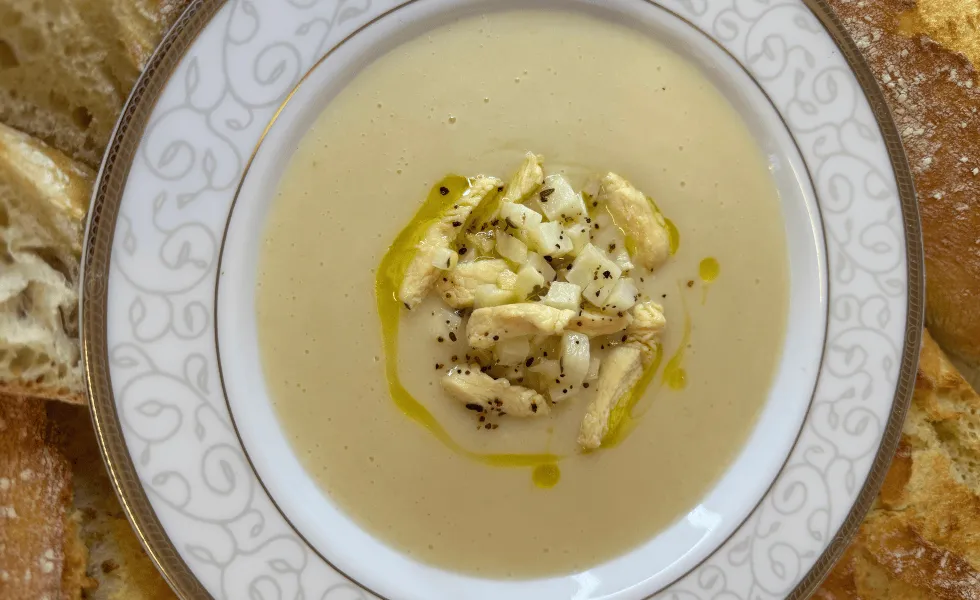
EUrope
In Europe, bread remains a daily essential; it’s a symbol of nourishment, sharing and memory, present on table across generations. Italian households have long valued the principle of never wasting bread, giving rise to extraordinary recipes that transform what remains into something new. Discover Pana’ Vicentina with Chicken and Celeriac, a simple soup from the Italian province Vicenza, made with stale bread and broth. In Poland, bread holds a similarly special place, as a symbol of prosperity, hospitality, and peace. From Neolithic flatbreads baked on hot stones to today’s artisan sourdough loaves, it has united generations around the table. Traditional Polish Rye Sourdough Bread embodies this heritage. Having been the foundation of the Polish diet for centuries, it is a bread that transcends and connects generations.
Americas
Across the Atlantic, American breads tell stories of comfort. Parker House Rolls, created in the 1870s at Boston’s Parker House Hotel, became known for their buttery softness and unique folded shape. On the West Coast, San Francisco Sourdough carries a history linked to the Gold Rush, and became popular once again more recently during the pandemic. Born out of necessity, this bread has firmly stood the test of time.
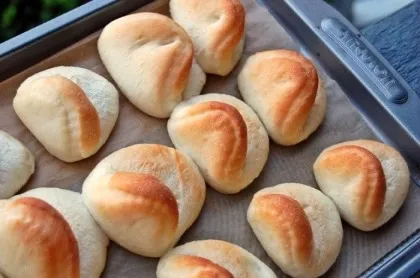
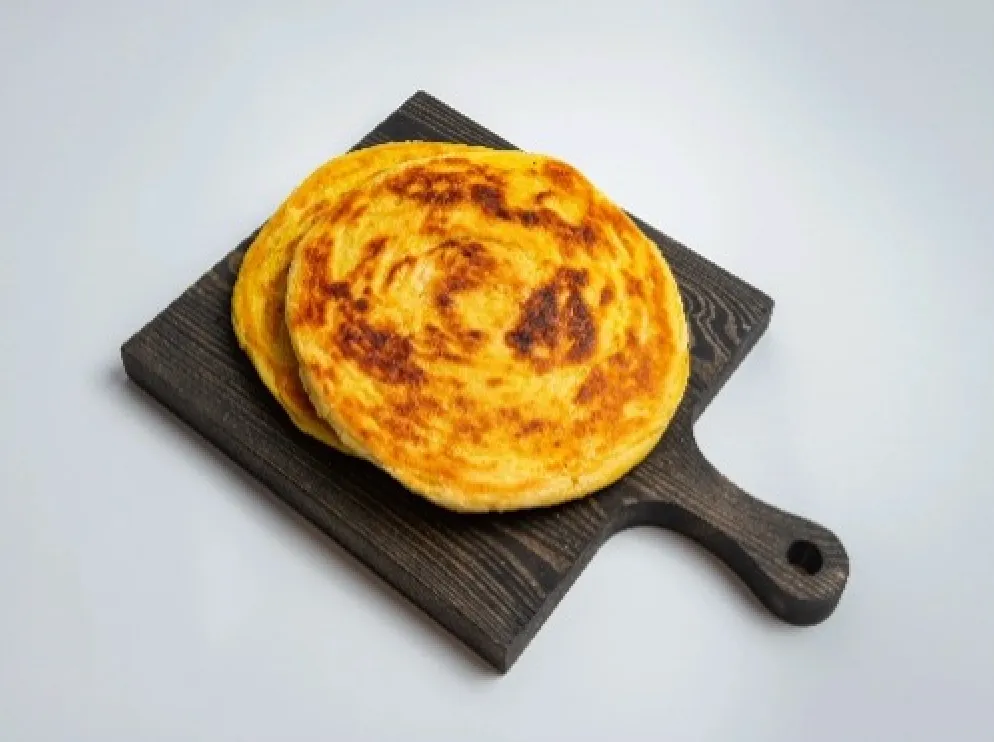
Asia & Middle east
In Western Asia and the Middle East, bread often holds a sacred and communal role. In Azerbaijan, breads like Fasali and Fatir have held a special place in the daily life and spiritual values of the Azerbaijani people. The remarkable variety of Azerbaijani breads demonstrates the nation’s deep knowledge, skill, and craftsmanship in this field. Bread in Azerbaijani culture symbolizes abundance and sacredness; it is always the first item placed on the table and the last to be removed.
& MORE TRADITIONAL RECIPES
Curious for more recipes? Check out the list below:
- Daktylia, a traditional bread originally from Greece and now common across Cyprus and Turkey.
- Baurebrout, a Luxembourgish farmhouse bread
- Traditional cornbread from Norther Croatia
- Borodinsky bread from Russia
- Regag and Khameer from the United Arab Emirates
Each of these breads captures the essence of a place and its people. Whether born from necessity, celebration, or heritage, they remind us that bread serves as a connection across cultures and a link between past and present.
Thank you to Peter Tischhauser, John Coletta, Nikolas Konstantinou, Erich Glavica, Alla Mishina, Atim Suyatim, Orkhan Mukhtarov, Gianluca Tomasi and Ben Weber for these recipe contributions.
How You Can Celebrate World Bread Day 2025
- Bake a Bread: Try one of the recipes shared by our Worldchefs Cuisine, Culture & Heritage Committee this World Bread Day.
- Share Your Favorite Bread Recipe: Do you have a traditional bread recipe you’d like to share? Share it with us here.
- Support Food Security: Consider donating to organizations such as the FAO and others working to fight hunger worldwide.
- Learn About Global Food Insecurity: World Bread Day reminds us that food access remains a global challenge. Take the time to learn about hunger issues and how you can be part of creating a more food-secure future.
Happy World Bread Day!
Sources:
https://www.marketdataforecast.com/market-reports/bread-market

